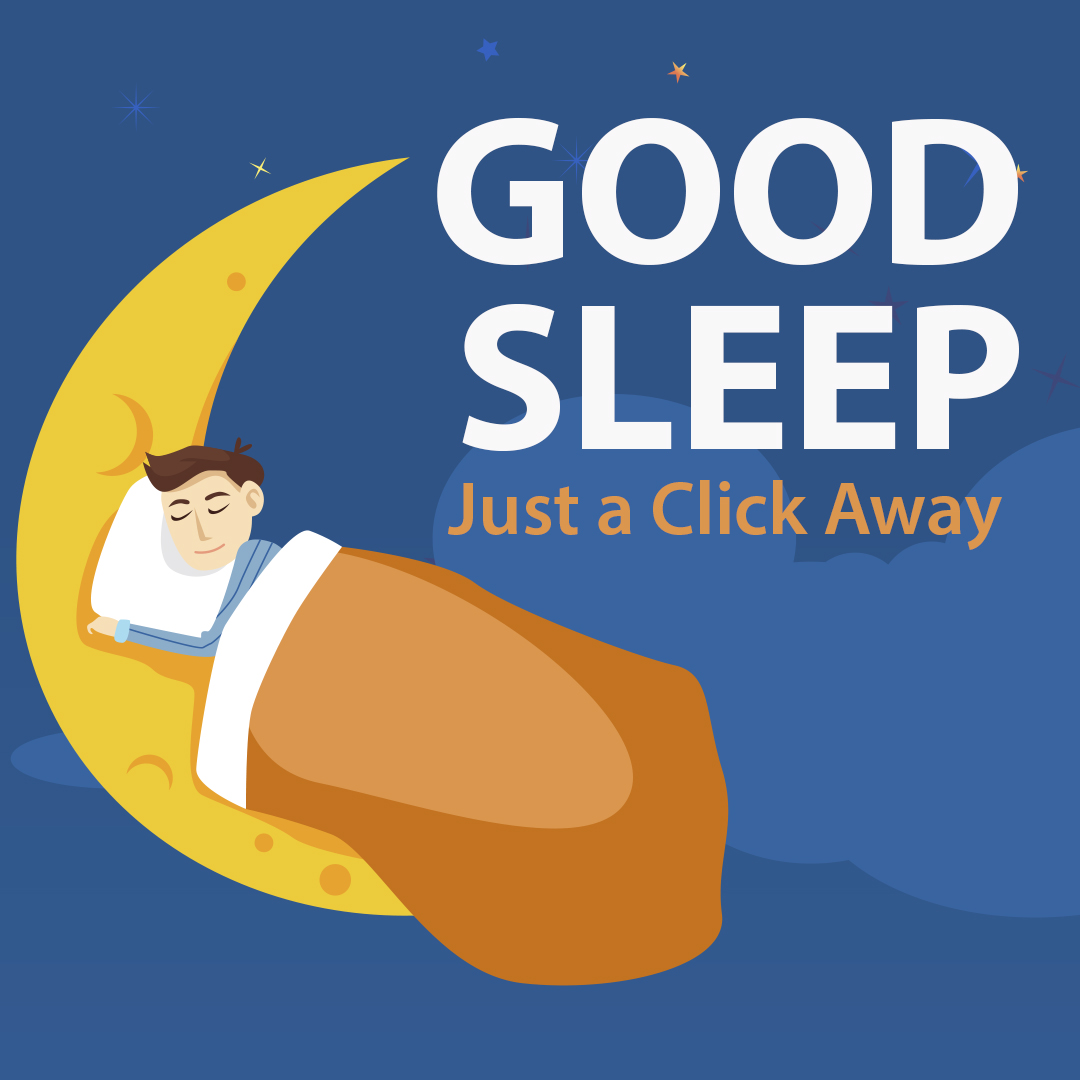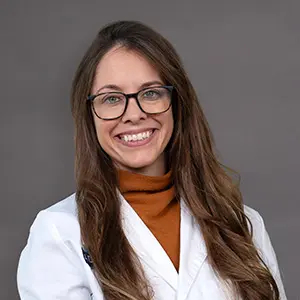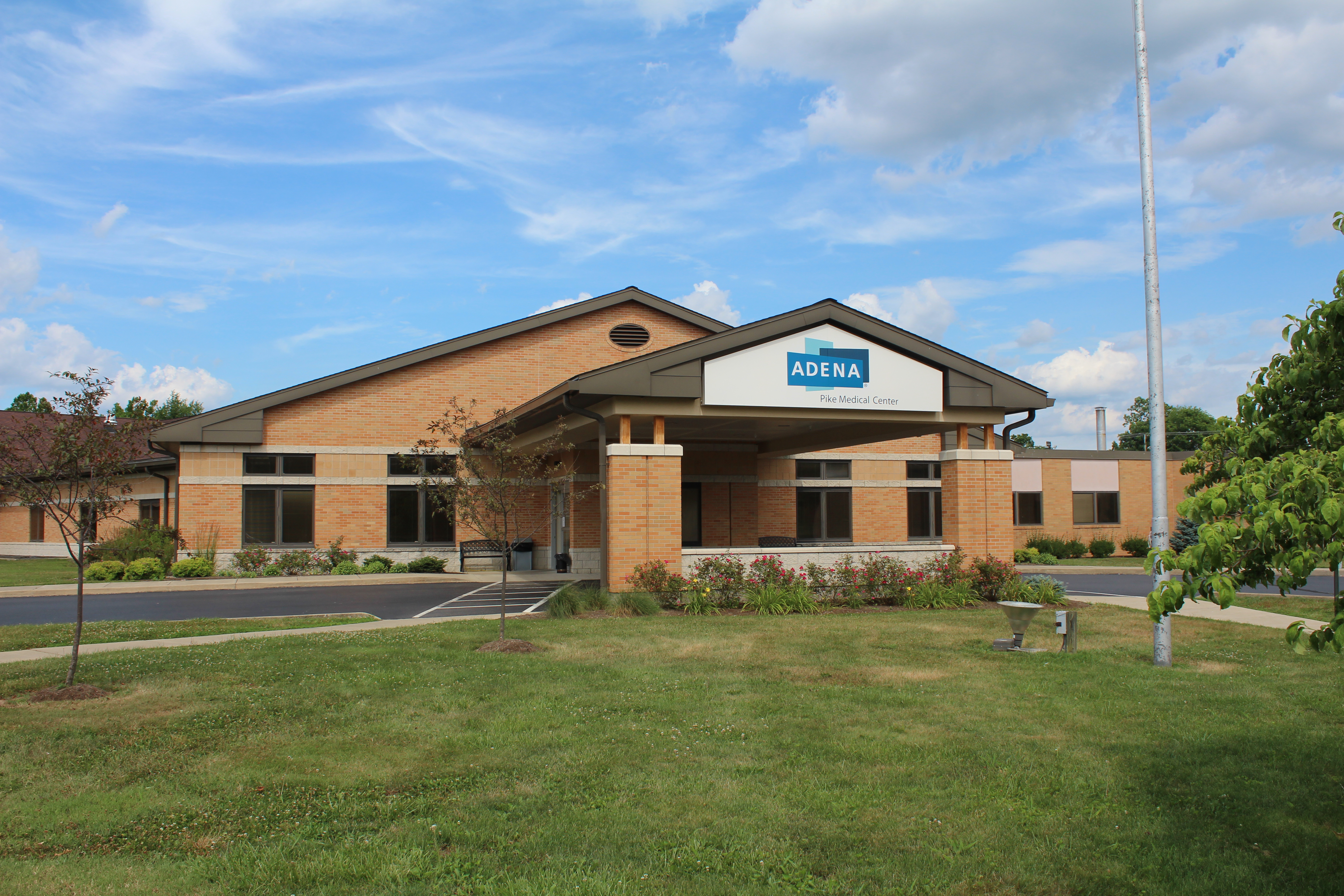Honey, Please Take your Snoring to the Couch

Have you ever said this, or worse yet, been told this? Excessive snoring could be a sign of obstructive sleep apnea (OSA). Dr. Corey Cheresnick, an Adena ENT surgeon, knows the troublesome impacts of sleep apnea and works closely with the Adena Sleep Center team to deliver surgical solutions for OSA patients.
What’s Up with Apnea?
There are an estimated 22 million Americans who suffer from sleep apnea. Left untreated, it can cause serious health issues. Apnea causes exhaustion, irritability, lack of focus and studies show it can increase the risk of high blood pressure, stroke, heart attacks, dementia, cancer and death. The most common type of sleep apnea is obstructive sleep apnea, where soft tissue in the throat/tongue block a patient’s airway. Symptoms include excessive snoring, insomnia, dry mouth or sore throat, abrupt awakenings, morning headaches, chronic fatigue, lack of concentration, mood swings, high blood pressure, weight gain, night sweats and a decrease in libido.
But I’m so Tired!
It might seem weird that patients can’t sleep, or get good sleep, when they are so exhausted. “Imagine being woken up every 1-3 minutes throughout the night,” explains Dr. Cheresnick, “you may not actually wake up, but your brain does from a buildup of excessive carbon dioxide and a lack of oxygen. It’s very disruptive and patients with severe OSA can wake up as often as 30 to 100 times an hour.” This lack of proper oxygen and restfulness can put extreme stress on a person which then causes bodily functions to breakdown.
Don’t Just Rollover
There are a number of treatment options for patients with obstructive sleep apnea. Our experienced Adena Sleep Disorders team is skilled in helping patients navigate treatment options. Continuous Positive Airway Pressure (CPAP) therapy is considered the gold standard of care for OSA. It uses a machine to push mild air pressure into the nose and throat using a facial respirator mask, keeping airways open during sleep. Not all patients are tolerant of using a CPAP device. In those cases, there are other OSA treatment options, including surgery, that can help patients regain normal breathing while they sleep.
Beyond the Mask
While there are several surgical procedures, like the tightening of soft tissue and tongue, that can help to alleviate the causes of sleep apnea, Dr. Cheresnick has found great promise in the Upper Airway Stimulation devices. The device helps keep the patient’s airway open during sleep through mild stimulation. A breathing sensor monitors respiratory effort and sends mild stimulation to a nerve that controls movement of the tongue, opening the airway during sleep. Patients turn the device on and off with a remote and work through fine tuning the device with the Adena Sleep Center team to make sure the stimulation adjustments are effective for the patient. “We work together as a team,” says Dr. Cheresnick. “Using check-ups and monitoring, we deliver coordinated care with the Sleep Center team to make sure the device is working well for the patient.”
Patients must meet certain health requirements to be a good Inspire candidate. Once they meet those criteria, implanting the device typically takes around three hours as an outpatient procedure. “It’s really been a game changer for patients,” says Dr. Cheresnick, “the results have been great.”
If you are experiencing obstructive sleep apnea symptoms, or are currently under OSA care and would like to consider alternative sleep apnea treatment options, check with our Adena Sleep Center, 740-779-7286, to see how they can help.


Quality of Adena Pike Medical Center’s acute stroke ready care recognized with certification renewal